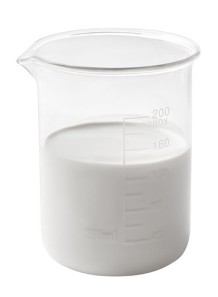PolyCap™ Gallic (Water-Dispersible Gallic Acid 15%)
Cosmetics
Code: 127555
a naturally occurring phenolic acid found in various plants like green tea, grapes, oak bark, sumac, and witch hazel. When applied topically, research suggests it offers several benefits for the skin due to its potent biological activities.
Cart
No products
Subtotal:
0.00
Total
0.00
THB



